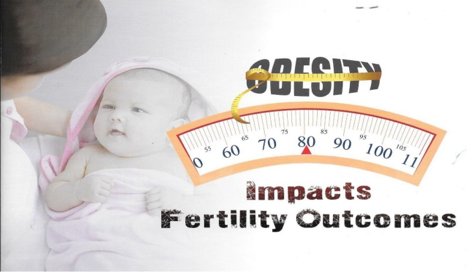A PREVENTABLE CAUSE OF INFERTILITY
Mechanisms For Alteration Of Reproductive Function
Recognizing reproductive changes
Treatment of weight-related reproductive disorders
Summary
Respectfully submitted to the Prevention of Infertility Committee by:
G. William Bates, MD
References
1. Green BB, Weiss NB, Daling JR: Risk of ovulatory infertility in relation to body weight.
Fertil Steril 50:721, 1988.
2. Bates GW, Bates SR, Whitworth NS: Reproductive failure in women who practice weight
control. Fertil Steril 37:373. 1982
3. Bates GW, Whitworth NS: Effect of body weight reduction on plasma androgens in obese,
infertile women. Fertil Steril 38:406, 1982.
4. Pigny P, Cortet-Rudelli C, Decanter C, Deroubaix D, Soudan B, et al: Serum levels of
inhibins are differentially altered in patients with polycystic ovary syndrome: effects of being
overweight and relevance to hyperandrogenism. Fertil Steril 73:972,2000.
5. Bates GW: Body Weight and Reproduction. In Seibel MM, Infertility: A Comprehensive
Text. Appleton-Century-Crofts. New York, 1996.
6. Frisch RE, McArthur J: Menstrual cycles: fatness as a determinate of minimum weight for
height for their maintenance and onset. Science 185:949, 1974.
7. Warren MP: The effects of exercise on pubertal progression and reproductive function in
girls. J Clin Endocrinol Metab 51:1150,1980.

